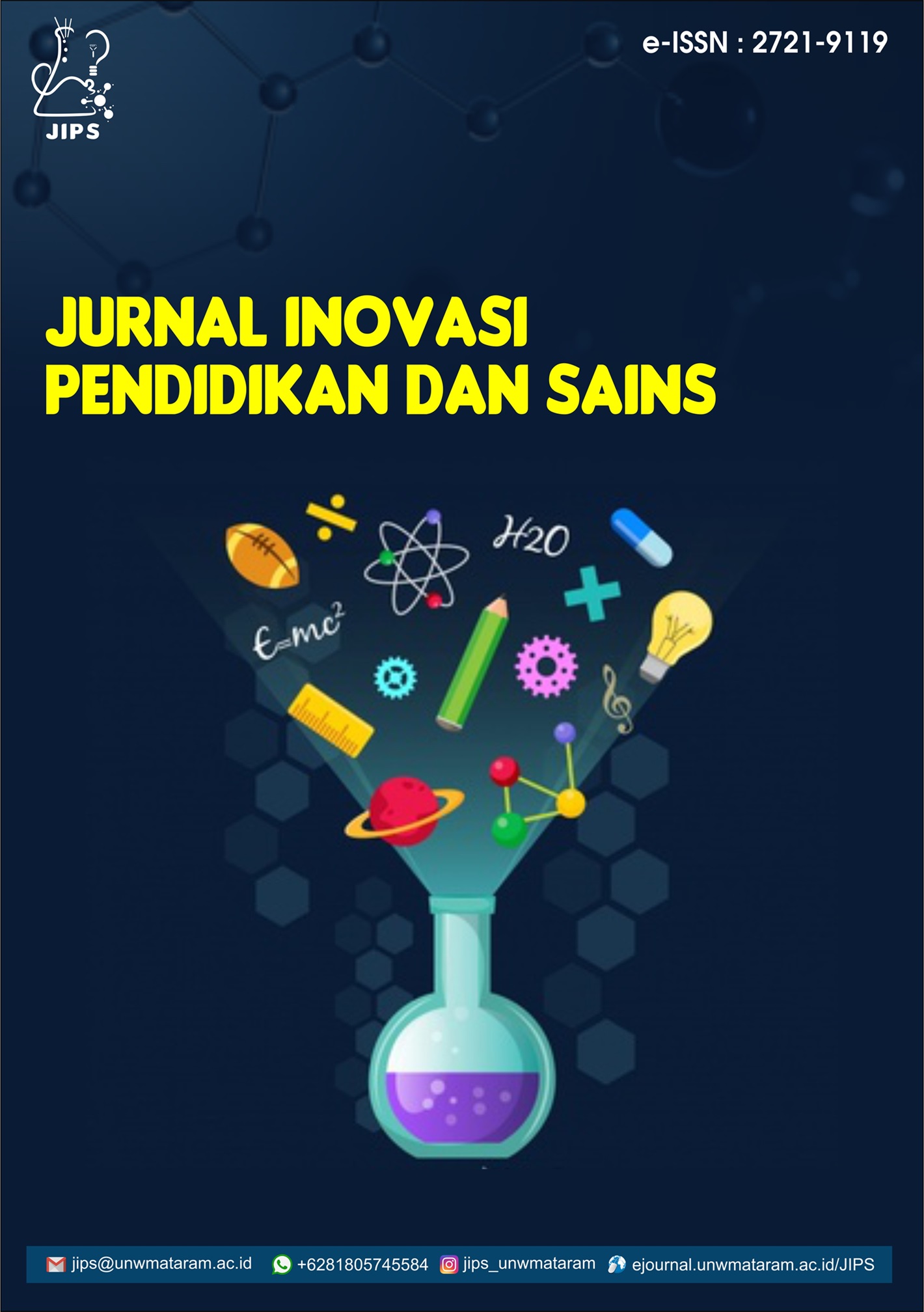RISK FACTORS AND PTERYGIUM MANAGEMENT IN COASTAL POPULATIONS
Abstract
Pterygium comes from the Greek, namely pteron, which means wing. Pterygium is an abnormal growth of fibrovascular tissue with a triangular shape from the conjunctiva that extends to the cornea. It is a proliferative disorder of the ocular surface, caused by connective tissue remodeling and angiogenesis leading to fibrovascular proliferation. This journal aims to provide information about risk factors and management of pterygium in coastal residents. Work as a farmer/fisherman/labourer had the highest prevalence of pterygium at 15.8%. The most influential pterygium risk factor for coastal communities is their work as a fisherman, and also being in the equatorial area which is an area with high sun exposure, this can trigger pterygium. Work as a fisherman carried out for years and hours, which averages around 7 hours and above for exposure to direct sunlight can also trigger pterygium. Pterygium management that can be done is giving eye drops to reduce complaints, then performing surgery or surgery using excision techniques, namely baresclera, Conjunctival autograft technique, and Amniotic membrane grafting. The high recurrence rate associated with postoperative complications is common thus additional medical management has been included in the surgical treatment of pterygium namely mitomycin C, anti-VEGF, 5-fluorouracil (5-FU) and loteprednol etabonate.
References
2. Lima FVI de, Manuputty AG. Hubungan paparan sinar matahari dengan angka kejadian pterigium di desa Waai kabupaten Maluku tengah tahun 2013. Molucca Medica 2014;4:101–9.
3. Ardianty DP. Hubungan Faktor Risiko Dengan Kejadian Pterygium Di Poliklinik Mata Badan Layanan Umum Daerah Rumah Sakit Umum Cut Meutia Kabupaten Aceh Utara Tahun 2015. AVERROUS J Kedokt Dan Kesehat Malikussaleh 2018;2:64. https://doi.org/10.29103/averrous.v2i1.421.
4. Zhong H, Cha X, Wei T, Lin X, Li X, Li J, et al. Prevalence of and risk factors for pterygium in rural adult Chinese populations of the Bai nationality in Dali: The Yunnan minority eye study. Investig Ophthalmol Vis Sci 2012;53:6617–21. https://doi.org/10.1167/iovs.11-8947.
5. Sakti FK. Updates on pteryg mech and mgt HIRST 2021;3:6–11.
6. Zahara NE, Dokter P, Kedokteran F, Lampung U. Paparan Sinar Matahari sebagai Faktor Risiko Pterigium pada Pekerja Sektor Agrikultur Sunlight Exposure as a Risk Factor of Pterygium in Agriculture Sector Workers 2020;7:40–5.
7. Marcella M. Manajemen pterigium. Contin Med Educ 2019;46:23–5.
8. Erry E, Mulyani U, Susilowati D. Distribusi Dan Karakteristik Pterigium Di Indonesia. Bul Penelit Sist Kesehat 2012;14:1–6.
9. Tan D, Chan C. Management of Pterygium. Cornea 2011:1625–37. https://doi.org/10.1016/b978-0-323-06387-6.00151-3.



